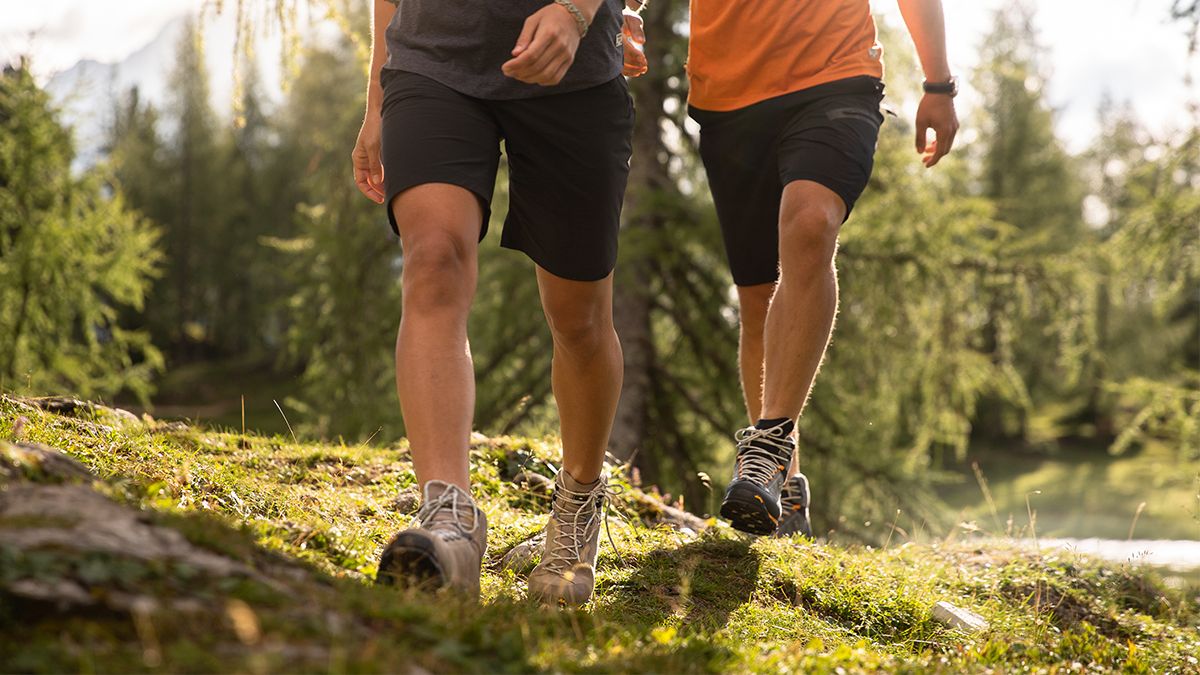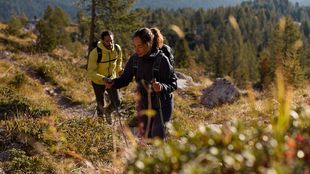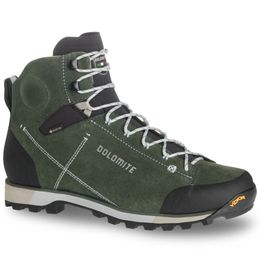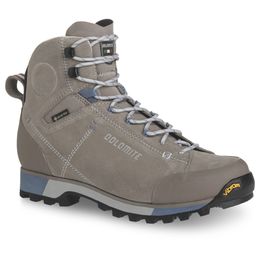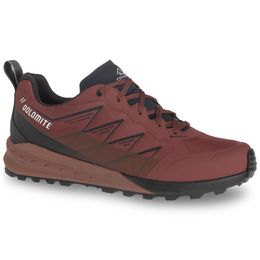Foot blisters: tips on how to avoid them
All trekkers, at least once in their life, have had to deal with every excursionist’s worst enemy: foot blisters!
Those horrible bubbles have the power to impair even the fittest excursionist. In this article we shall explore why they form, how to prevent them from forming and how to treat them if they cannot be avoided.
What are blisters.
Blisters are simply a defence mechanism used by the body to shield inflamed skin. Three main factors are responsible for blisters: heat, humidity and friction. Hence, tackling those three aspects is key to preventing them.
Here is a list of practical guidelines.
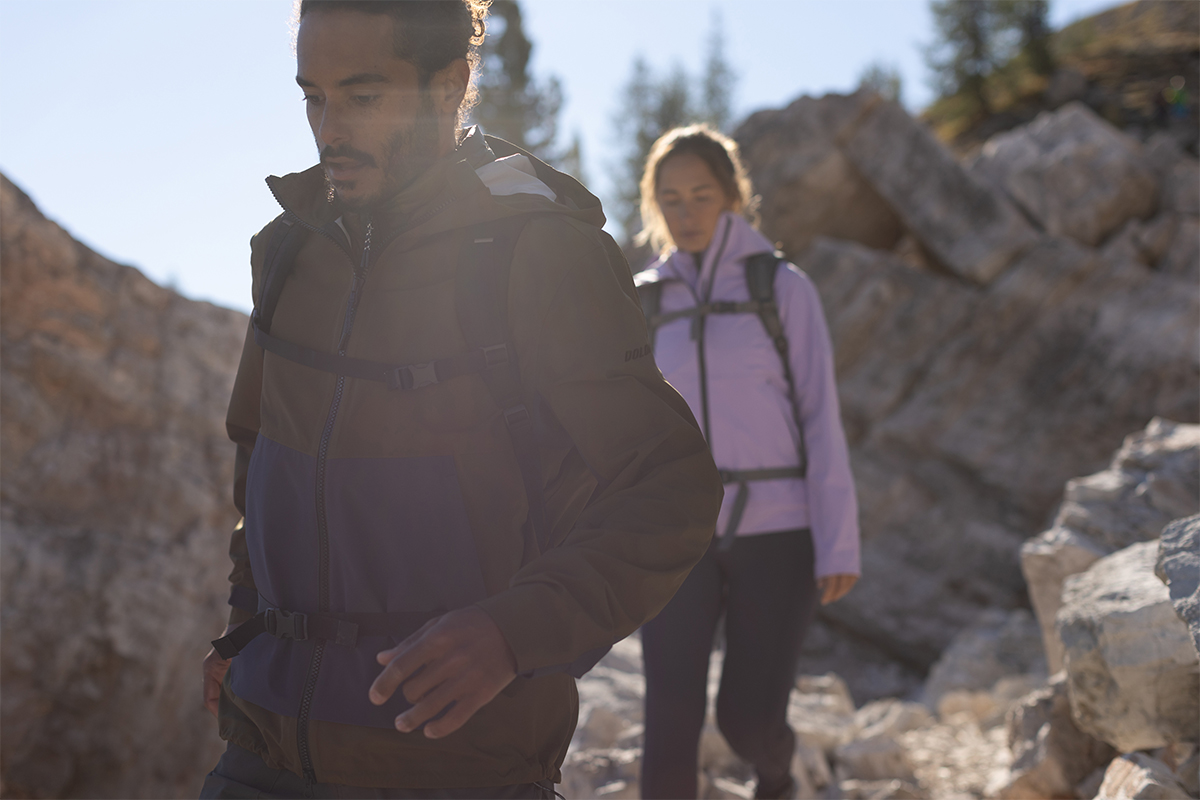
1 - Make a habit of walking.
Unfortunately, beginner trekkers are more likely to develop blisters. A gradual approach to long-distance walking is therefore advisable, as it allows your feet to gently adjust to increasingly longer walks and to break into walking footwear.
2 - Choose the right shoes.
Finding the right size for trekking shoes is not always easy. In any event, it’s best to buy shoes that are slightly larger than your feet (a half size up should be enough). It allows them the freedom to stretch without any constraints, because foot swelling is a normal physiological response during walking.
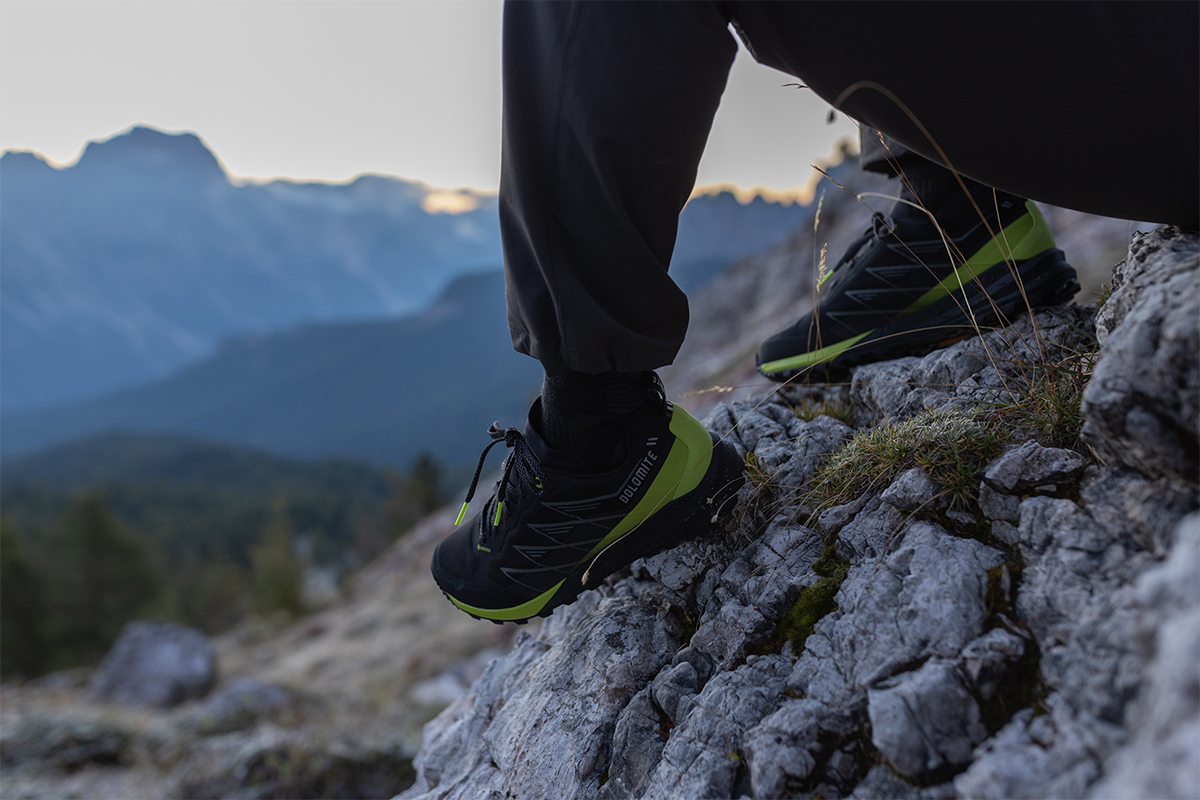
3 - Moisturisation is key.
The regular application of moisturising products helps protect the skin from chafing. A few days prior to the excursion, applying a moisturiser to the most sensitive areas of your feet is recommended to improve skin elasticity.
4 - Don’t forget to pack a spare pair of socks.
Remembering to add a spare pair of dry socks to your backpack is an invaluable tiny bit of weight that is sure to repay you with the amazing comfort of dry and clean feet at all times.
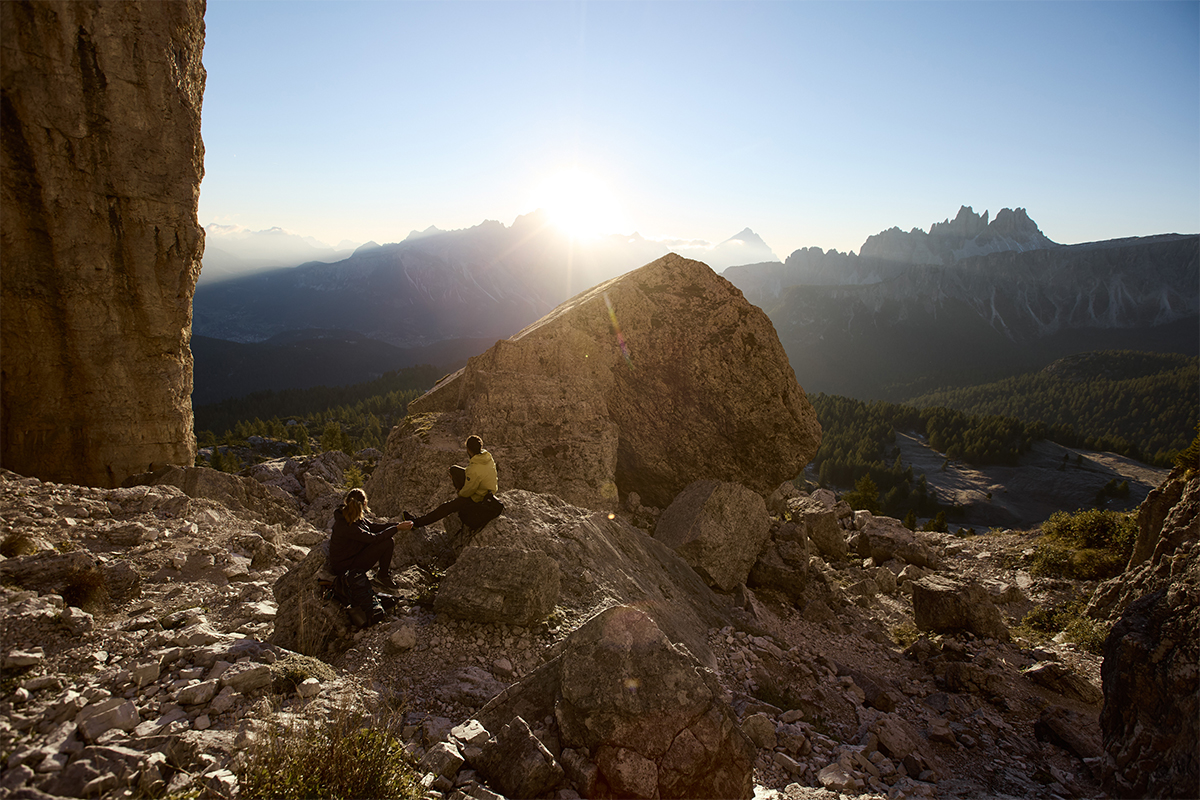
5 - Listen to your body.
As banal as it may sound, being able to listen to your body is something worth working on. The ability to understand even the slightest signs can help us take action before it’s too late.
How to treat blisters.
If blisters just can’t be avoided, in 99% of cases the advice given is to pop them using a sterilised needle, drain the fluid inside and disinfect the area around the blister before and after taking action. This solution is not always ideal, and seeing your doctor before resorting to self-treatment is recommended.
Author: Davide Canil (Kalipè Trekking)

